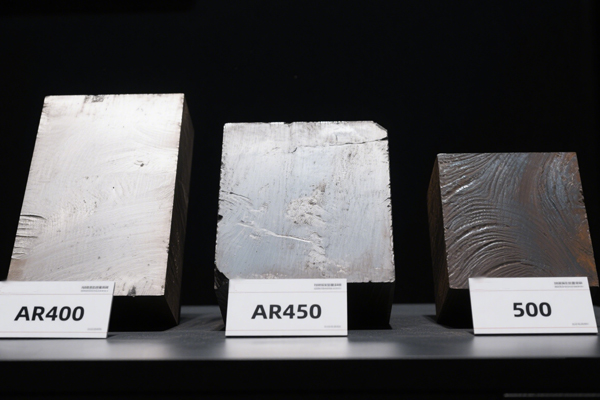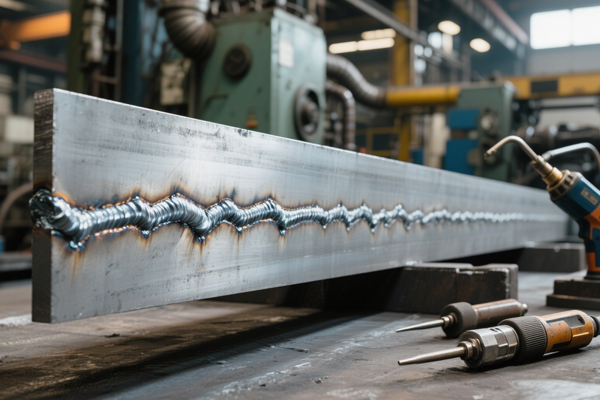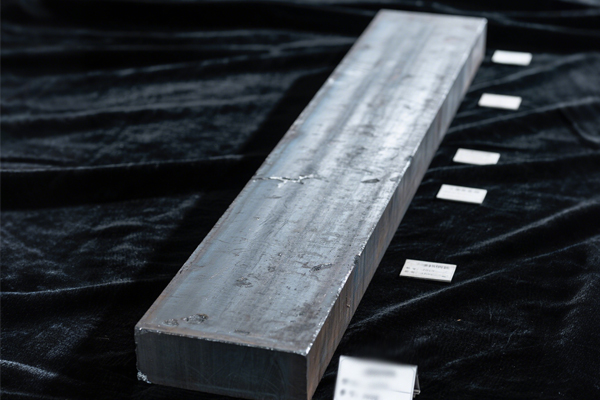Applications of wear resistant steel
Wear-resistant steel is widely used in mining machinery, coal mining and transportation, engineering machinery, agricultural machinery, building materials, electric machinery, railway transportation and other departments. For example, steel balls of ball mills, lining plates, bucket teeth of excavators, buckets, mortar walls of various crushers, tooth plates, hammer heads, track shoes of tractors and tanks, blow plates of fan mills, railroad tracks Fork, middle groove middle plate, groove top, circular chain for scraper conveyor of coal mine, blade, shovel tooth for bulldozer, lining plate for large electric wheel body, roller bit for perforation of petroleum and open-pit iron mine, etc. , The above list is mainly limited to the application of wear-resistant steel that is subject to abrasive wear, and all kinds of wear and tear will cause various types of wear in all kinds of machinery, which will improve the resistance of the workpiece material. The requirements for abrasiveness or the use of wear-resistant steel are numerous. The grinding media (balls, rods and liners) used in ore and cement mills are steel wear parts that consume a lot. In the United States, most of the grinding balls are forged or cast with carbon steel and alloy steel, which account for 97% of the total consumption of the grinding balls. In Canada, steel balls account for 81% of the grinding balls consumed. According to statistics in the late 1980s, China consumes about 800,000 to 1 million tons of grinding balls each year, and the annual consumption of mill liners in the country is nearly 200,000 tons, most of which are steel products. The middle slot of the scraper conveyor for coal mines in China consumes 60,000 to 80,000 tons of steel plate every year.
In recent years, the surface strengthening (moisturizing) technology of steel materials has developed rapidly, and related new technologies and new processes are emerging one after another. According to different needs, different surface strengthening technologies can be selected to improve the wear resistance of steel parts under various types of wear conditions. Workpieces made of lower-cost base materials replace expensive alloy steels. Carburizing, carbonitriding, nitriding and other processes are still the main measures to strengthen mechanical parts. Co-infiltration, compound infiltration, boronizing, metalizing, spray welding, surfacing, vapor deposition, brush plating, ion implantation The other processes have achieved obvious effects of improving wear resistance under various working conditions of different machine parts. In addition, casting processes such as infiltration and compound casting are also used in the manufacture of wear-resistant steel parts.





